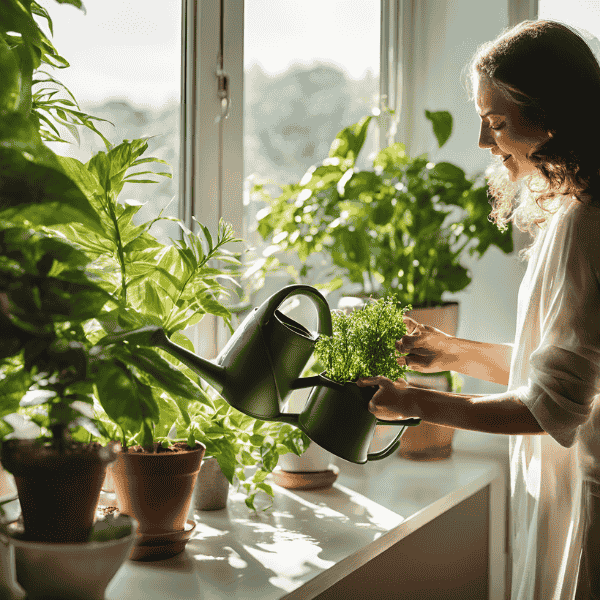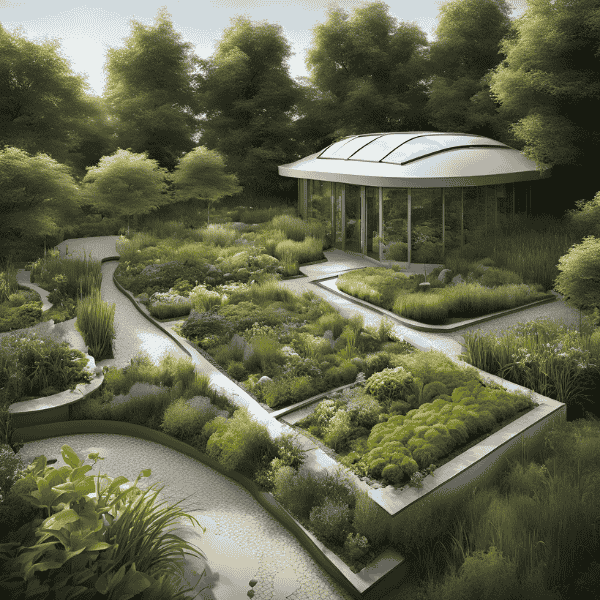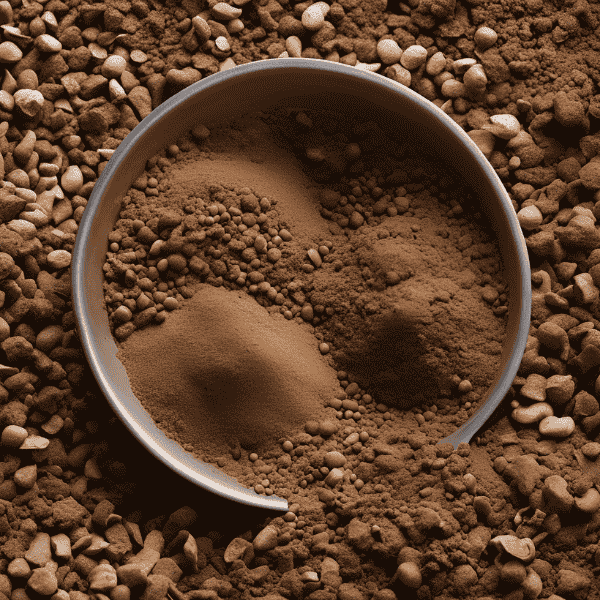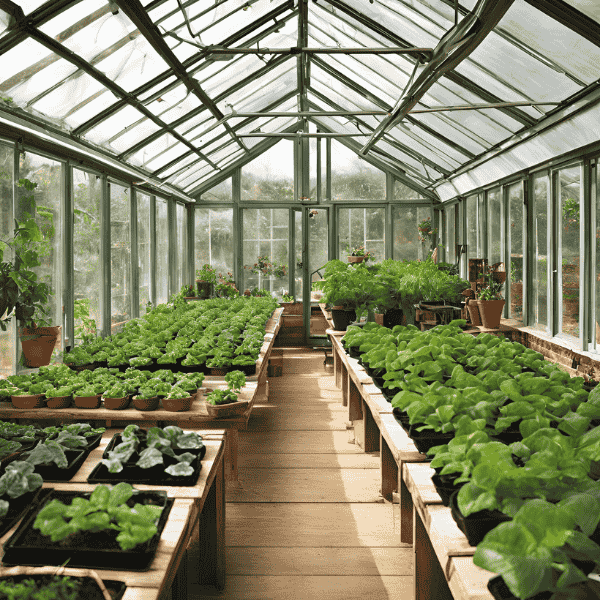Watering Tips for Indoor and Container Gardens: The Key to Healthy Plants

1. Know Your Plant’s Water Needs
First things first: not all plants are created equal. Some plants like succulents are designed to store water, while others, like ferns, prefer consistently moist soil. So, before you water, take a moment to think about the specific needs of your plant. Always check the care instructions to determine whether your plant likes to dry out between waterings or prefers a bit more moisture.
Pro Tip: If you’re not sure, try researching your plant online or using a plant care app to track its watering needs.
2. Check the Soil Moisture
One of the best ways to know if your plant needs water is to check the soil. Stick your finger into the soil about an inch deep. If it feels dry, it’s time to water. If it still feels damp, hold off for another day or two.
For larger plants in bigger pots, using a moisture meter is a great way to avoid guesswork. These handy tools are affordable and help ensure you’re not watering too much or too little.
Pro Tip: Overwatering is often a bigger problem than underwatering. Always let the soil dry out a little before watering again.
3. Use Room Temperature Water
Cold water can shock your plants, while hot water can damage the roots. Always use room temperature water when watering your plants. This will help them absorb the moisture more efficiently and prevent root stress.
For some plants, distilled or rainwater is even better than tap water. If you’re using tap water, consider letting it sit out for a few hours before watering to allow any chlorine to dissipate.
4. Water Thoroughly, but Don’t Drown Your Plants
When you water, it’s essential to water thoroughly. This means watering until you see water start to drain from the bottom of the pot. This ensures that the water reaches all the roots and doesn’t just sit on top of the soil.
However, don’t let your plant sit in the water. After watering, always make sure to empty the saucer under the pot if any water has collected. Standing water can lead to root rot, which is one of the biggest threats to container plants.
Pro Tip: If your container doesn’t have drainage holes, make sure you’re careful not to overwater. You might want to consider repotting your plant in a container with drainage or use a moisture-retaining potting mix that prevents overwatering.
5. Water During the Right Time of Day
The best time to water your plants is early in the morning or late in the evening. Watering during the heat of the day can cause water to evaporate too quickly, leaving your plant thirsty. Watering in the evening gives the plant time to absorb moisture overnight.
6. Be Mindful of Humidity Levels
Indoor environments, especially during the winter months, can be pretty dry. If your plants are in a room with low humidity, they might need a little extra moisture. You can increase humidity by placing plants in a group (the moisture from one plant will help the others), using a humidity tray, or even investing in a humidifier.
Plants like ferns, peace lilies, and orchids love humidity, while succulents and cacti prefer a drier environment.
7. Adjust for Seasonal Changes
Plants’ water needs can change with the seasons. During the warmer months, plants often need more water as they grow and become more active. In the winter, they tend to go dormant and require less water. So, don’t forget to adjust your watering schedule according to the season.
Pro Tip: In the winter, try to water less frequently, especially for indoor plants that are not actively growing. It’s better to let them dry out a bit more between waterings.
8. Consider Self-Watering Containers
If you’re prone to forgetting to water your plants or travel often, self-watering containers can be a lifesaver. These pots have a built-in reservoir that allows the plant to take up water as needed. They’re great for reducing the risk of overwatering or underwatering, making them perfect for busy plant parents!
Final Thoughts:
Watering plants might seem simple, but there’s an art to it, especially when it comes to indoor and container gardens. By understanding your plant’s needs, checking the soil, and being mindful of watering schedules, you can ensure your plants stay healthy and happy.
Remember: it’s all about balance. Too much water can be as harmful as too little. With the right techniques and a little bit of patience, you’ll soon become a pro at watering and keep your indoor plants thriving for years to come.
Happy watering, and may your indoor garden flourish! 🌿💧



